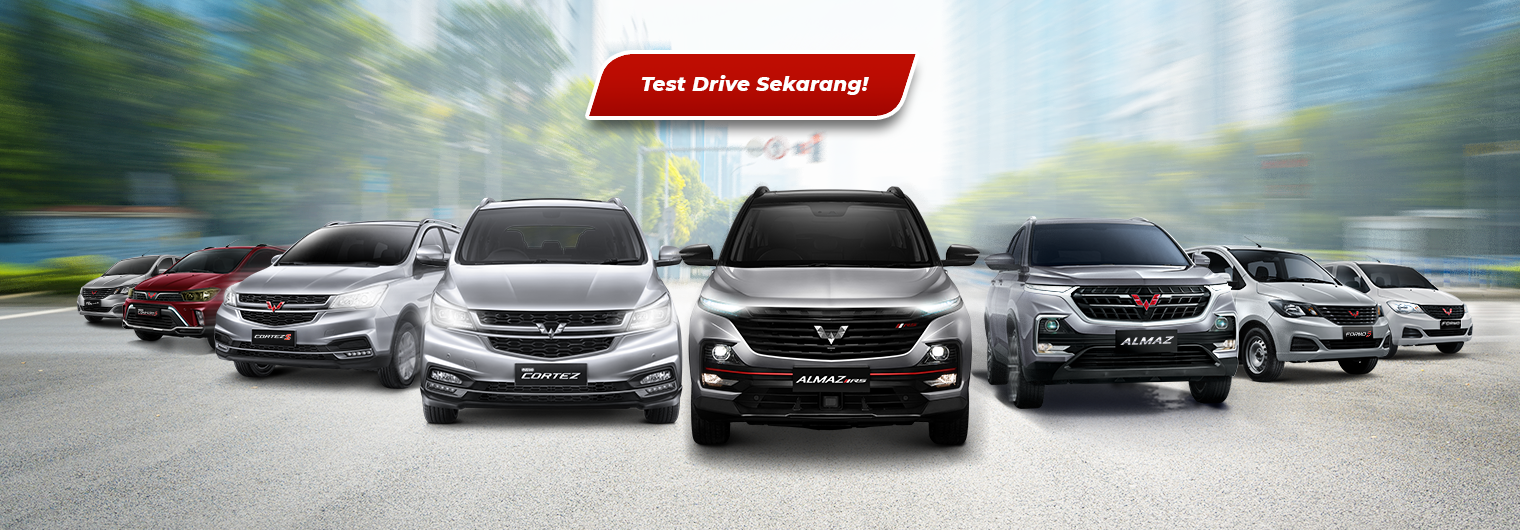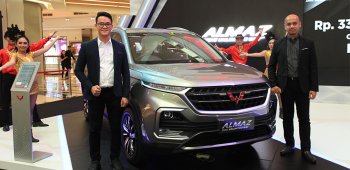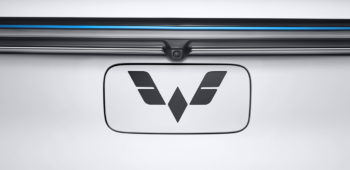Neutral Parking for Automatic Cars: A Comprehensive Guide
29 October, 2023
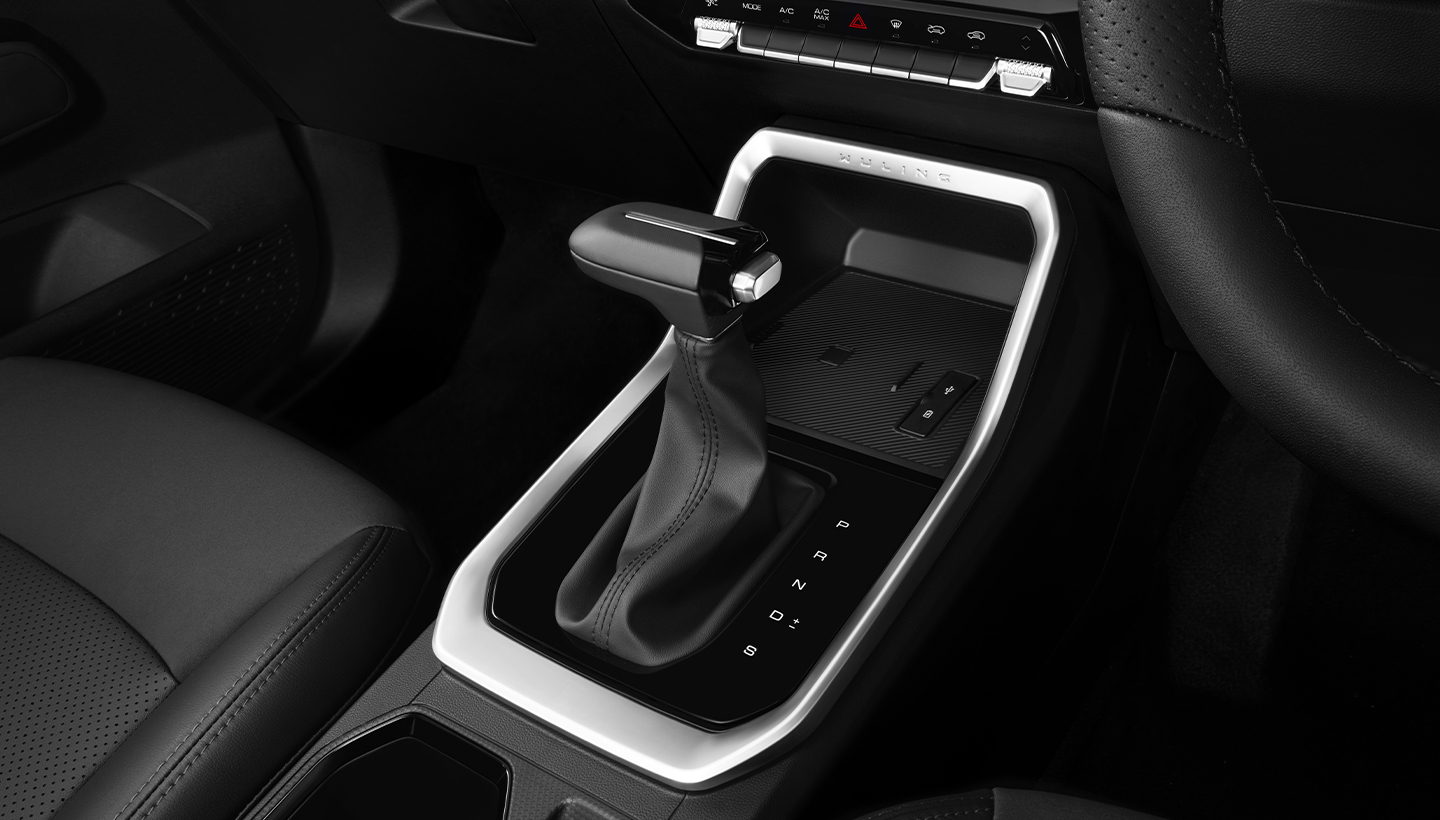
Parking may seem like a straightforward task, but it demands special attention from drivers, especially when handling automatic or matic cars. For novice drivers, parking an AT car, particularly in a neutral position, can pose a challenge. Neutral position refers to the state in which the transmission disengages the wheels from the engine, allowing the wheels to rotate freely without receiving power from the engine.
Typically, parking in neutral occurs when parallel parking occurs, aligning the car in a straight line. During parallel parking, drivers are often instructed to position the car in neutral and refrain from using the parking brake, enabling the vehicle to be pushed to make way for other cars exiting. In this article, we’ll explore a guide and tips on the correct way to park an AT car in neutral to eliminate driver confusion.
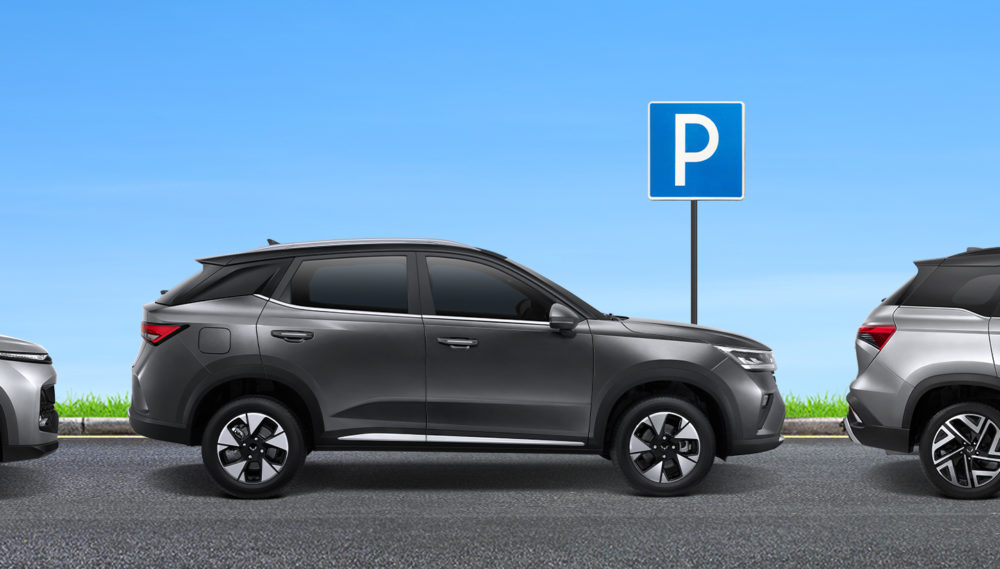
Proper Neutral Parking for Automatic Cars
To execute neutral parking with an automatic car, consider the following tips:
1. Choose a safe parking location.
Before parking, ensure that the chosen location is safe and suitable for parking. Check for any parking restrictions in the area and adhere to local traffic signs and regulations.
2. Park the matic car according to its location.
Once the safety of the parking location is confirmed, proceed to park your matic car as usual in the available space.
3. Shift the transmission lever to ‘P’ (Park).
After parking the car correctly, shift the transmission lever from ‘D’ (drive) to ‘P’ (park) to ensure the engine, along with all electronic functions, shuts down completely. Avoid immediately shifting to ‘N’ (neutral), as it would only turn off the engine while leaving other electronic functions active, preventing you from locking the car from outside.
4. Turn off the engine and engage the parking brake.
Next, turn off the car engine using the engine stop button, then engage the parking brake. Activating the parking brake first prevents the car from moving when you later shift the transmission lever from ‘P’ to ‘N.’
5. Activate shift lock
Now, activate the Shift Lock feature. This feature allows you to move the transmission lever from ‘P’ to ‘N.’ Failure to activate this feature may result in the lever being locked in the ‘P’ position, making it impossible to shift to ‘N.’ The Shift Lock function can be a small button to press or a slot for inserting a key, depending on the car model.
6. Shift the transmission lever to ‘N’ (neutral).
Once the Shift Lock feature is active, move the transmission lever from ‘P’ to ‘N’ to place the car in neutral. This disengages the wheels, allowing them to rotate freely, and the car can be pushed.
7. Deactivate the parking brake.
With the transmission lever in the ‘N’ position, deactivate the parking brake. Afterward, leave the car and lock the doors. To double-check, attempt to push the car from the outside. If it moves easily, it indicates that your automatic car has been properly parked in neutral.
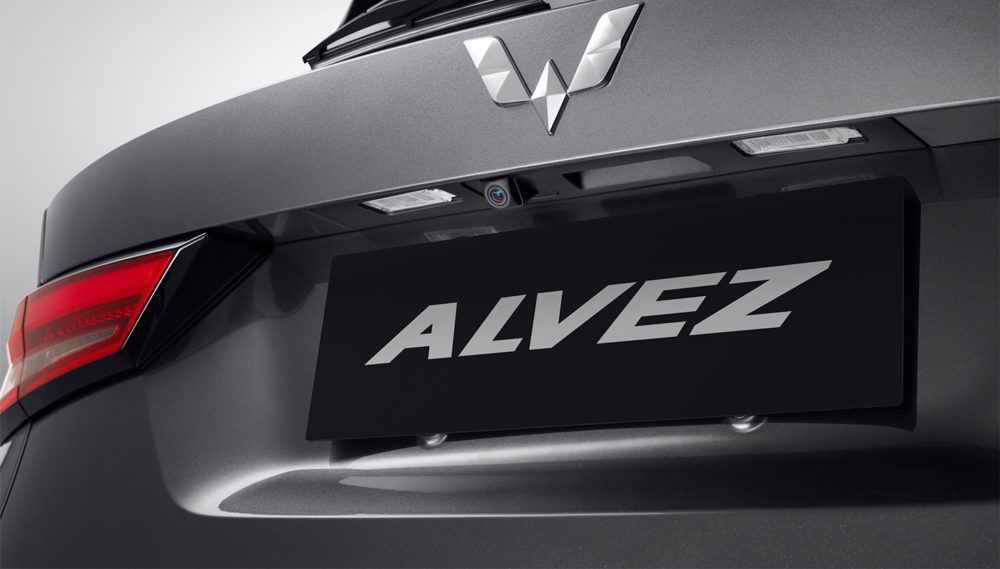
Parking with ADAS Feature on the Wuling Alvez
Neutral parking is commonly required for parallel parking. If you are a Wuling Alvez automatic car user, you can make parallel parking easier by utilizing the Advanced Driver Assistance System (ADAS) feature. ADAS is an advanced technology designed to enhance driving safety and provide assistance while driving.
The ADAS feature can be used by drivers when parking, including when parking in neutral. It utilizes parking sensors and a rear-view camera to help you see what’s behind the car when reversing, making parking in tight spaces more manageable.
Additionally, this feature can provide warnings to the driver through sound if the car is too close to another vehicle. This allows you to adjust the position of the car during neutral parking more easily, ensuring it’s not too close to other vehicles.
The presence of the ADAS system in the Wuling Alvez matic car provides additional assistance for drivers in safely maneuvering parking. However, as a driver, it’s crucial to understand how to park an automatic car in neutral properly to avoid unwanted incidents. Always comply with parking regulations to maintain the safety and security of all vehicle users.
